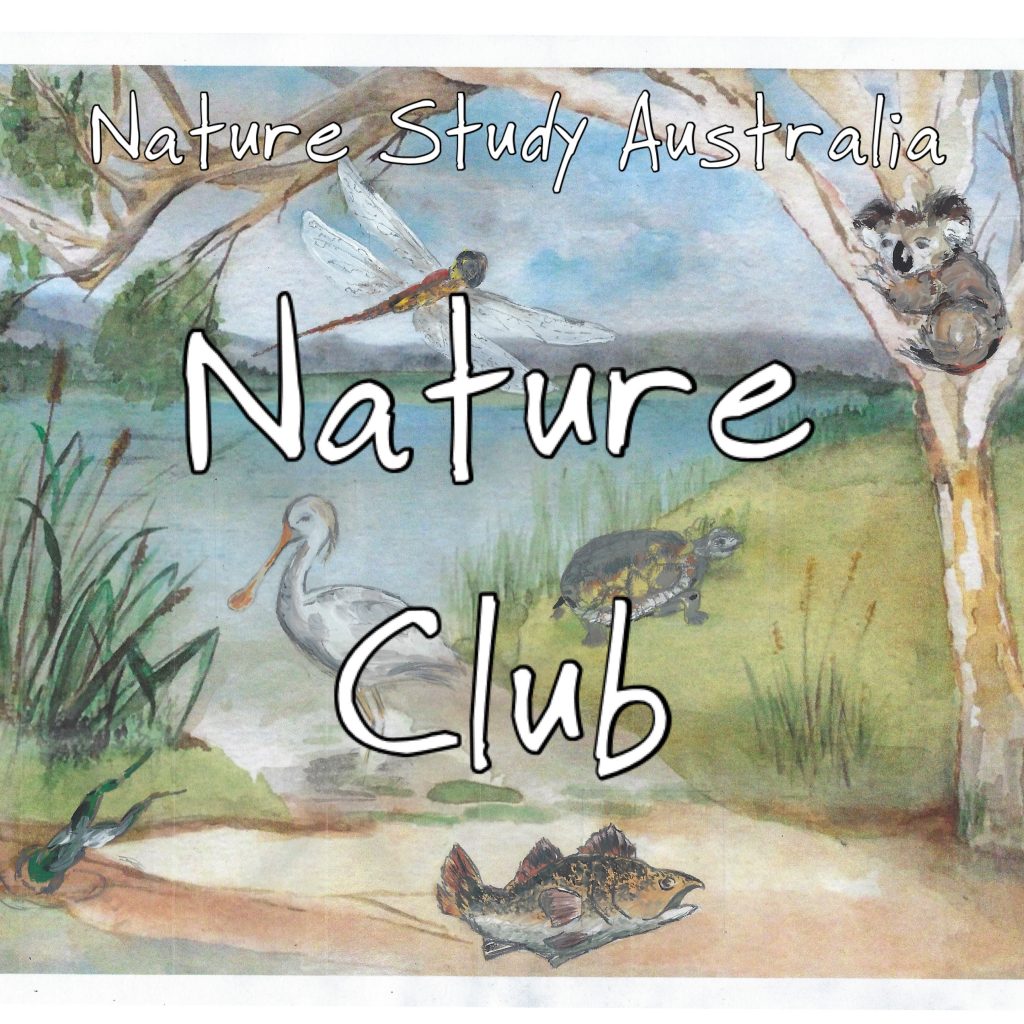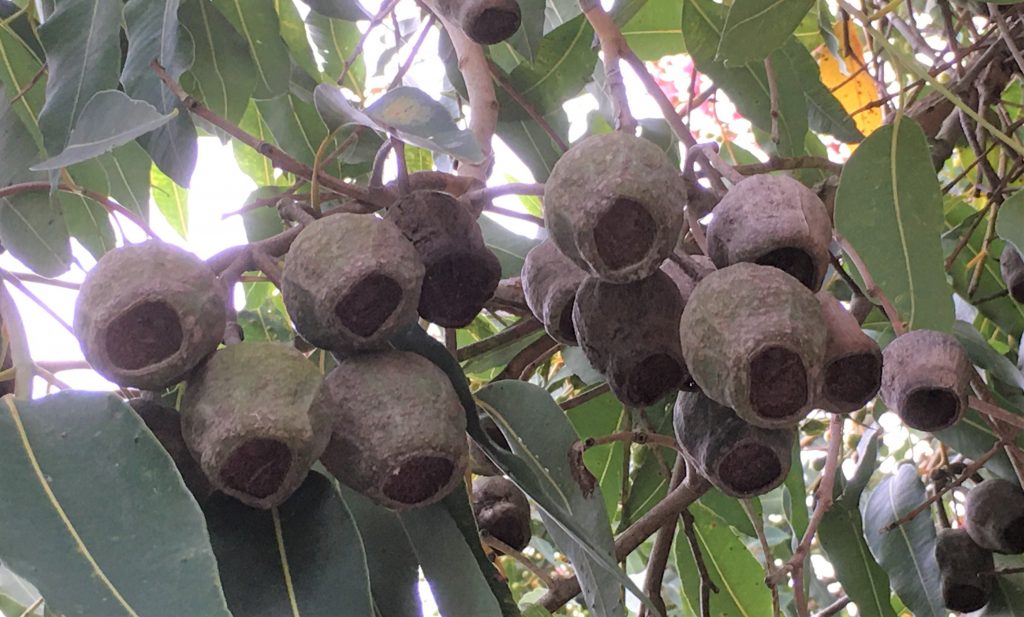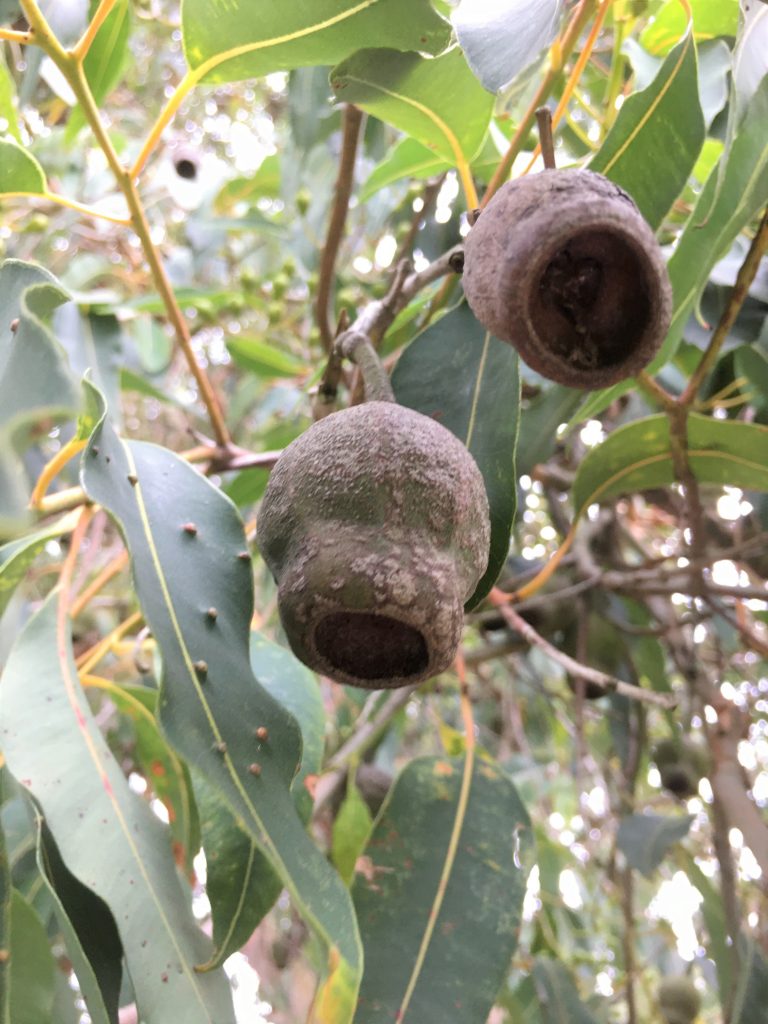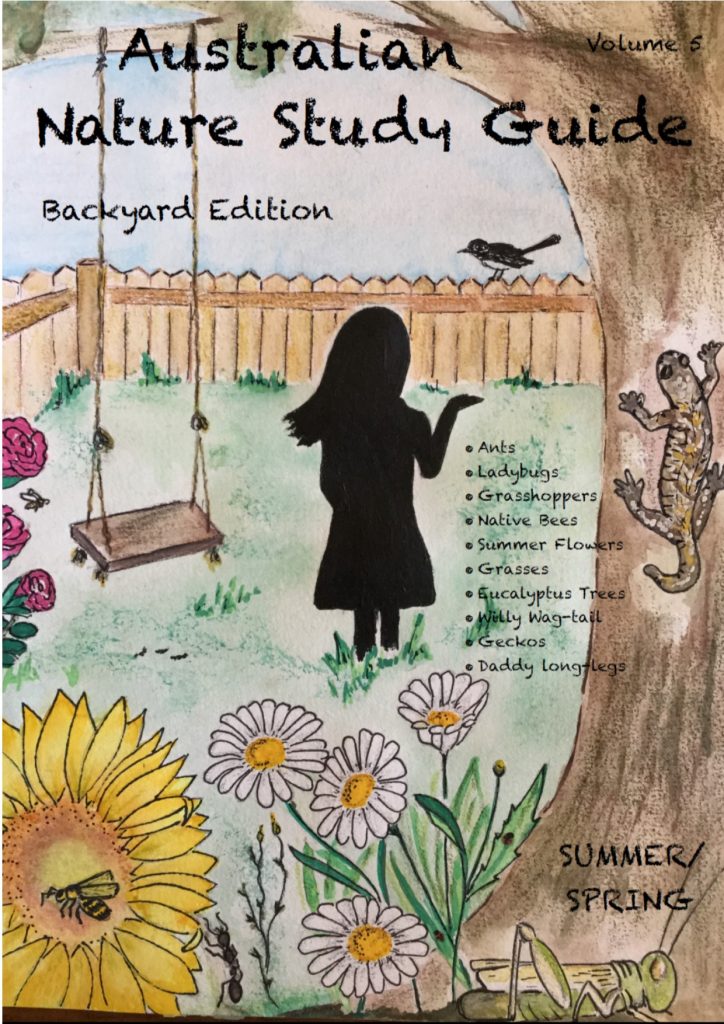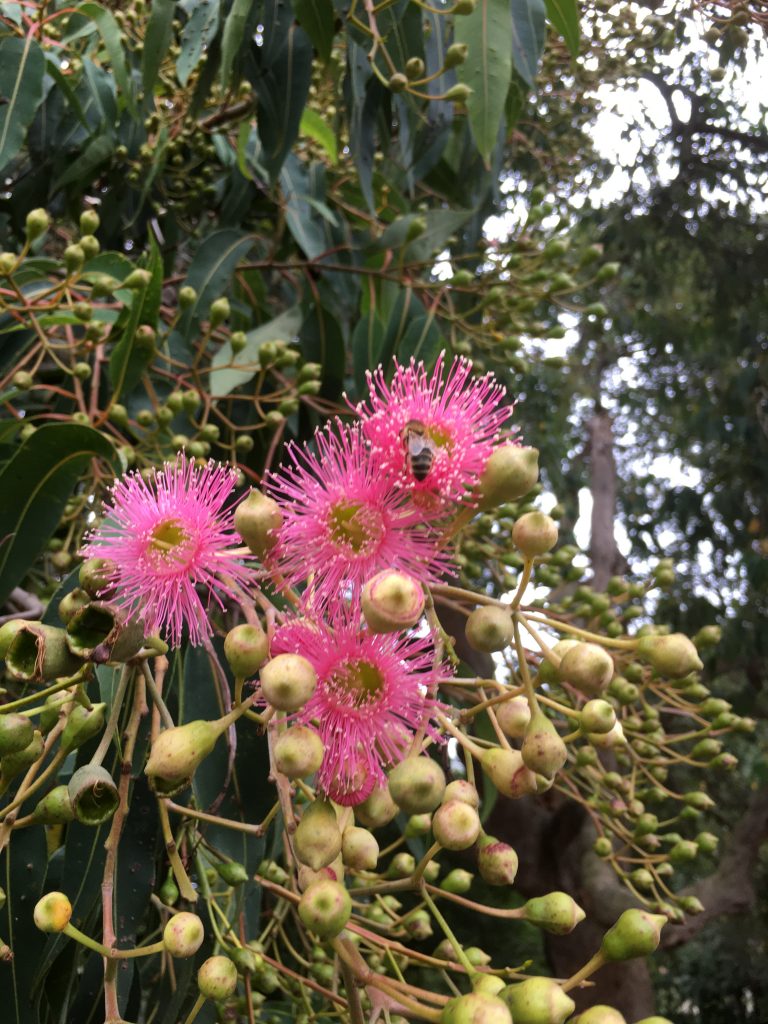
Identifying eucalyptus trees is a challenge as it’s such a diverse group of hardwood trees with over 900 native species. Eucalypts form an essential ecosystem for many iconic Australian animals, and identifying them enhances our ability to understand the habitat it provides and enables us to manage and conserve this resource well.
Identifying Eucalypts is a complex process and goes beyond the scope of this article, but we will investigate a few main characteristics that will encourage an appreciation and wonder for this iconic tree species that is found North to South, and East to West.
Listen to this inspiring story of how every Eucalyptus species came to be planted in one arboretum.
Table of Contents
Climate, Region and Landform
Before we begin to identify any tree, we need to consider where we are, the climate, and the landforms where the tree is found. This information will narrow down our search dramatically.
Four questions to ask are:
- In which state am I?
- What region is the tree growing in?
- What is the climate here?
- What landform surrounds the tree? Is it by coastal plains, inland plains, mountains, hills, ridges, valleys, riverbanks, or floodplains?
Soil Type
Examine and identify the type of soil the tree is growing in, then confirm your hypothesis by researching the region’s soil type.
Tree Height
One main characteristic we need to find out is, how tall is the tree? Use your math skills to estimate how tall it is and then confirm its height by measuring it. Some trees are so tall, it’s impossible to climb and measure them, so here is one technique you can use to include this information in your identification process.
Tree Habit
Eucalypt trees grow in two habit forms:
- In the first habit form, the tree grows straight up with one trunk.
- In the second habit form, the tree grows as a mallee or shrub with multiple trunks, and it’s usually less than 10m tall.
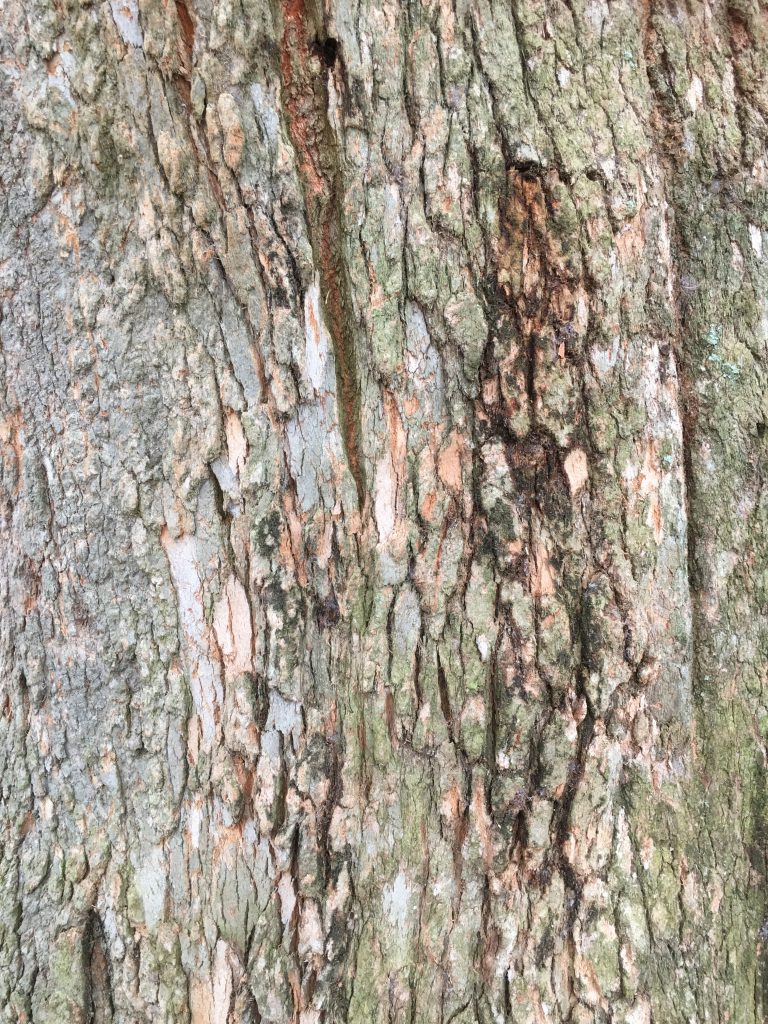
Bark Type
Many Eucalyptus trees are named according to their bark types like the Iron Bark or Stringy Bark species. The type of bark is an important characteristic to consider for correct identification.
Bark Characteristics
Some bark characteristics to examine are:
- Wholly smooth bark refers to trunks that are completely shed annually exposing a smooth surface of fresh bark.
- Partly rough trunks are partially shed each year. In this state, the bottom of the trunk will be rough while the top will show signs of new, shiny bark.
- Wholly rough bark refers to trunks retaining their bark year round resulting in a hard, rough surface.
- Some eucalyptus trees shed their bark in a ribbon formation in the upper branches.
- Other eucalyptus trees may include ‘scribbles’ on smooth bark created by insect larvae.
- Note that the bark on branches can differ from trunk bark.
Bark Colours
Once old bark is shed on smooth trunks, a new, shiny surface is revealed from shades of snow, winter, rose, sunset, olive, and copper. Bark colour on smooth trunks can be white, cream, grey, brown, green, yellow, orange, copper, and pink.
Colours on hard, rough trunks include white, grey, brown, black, red, pink, yellow, and orange.
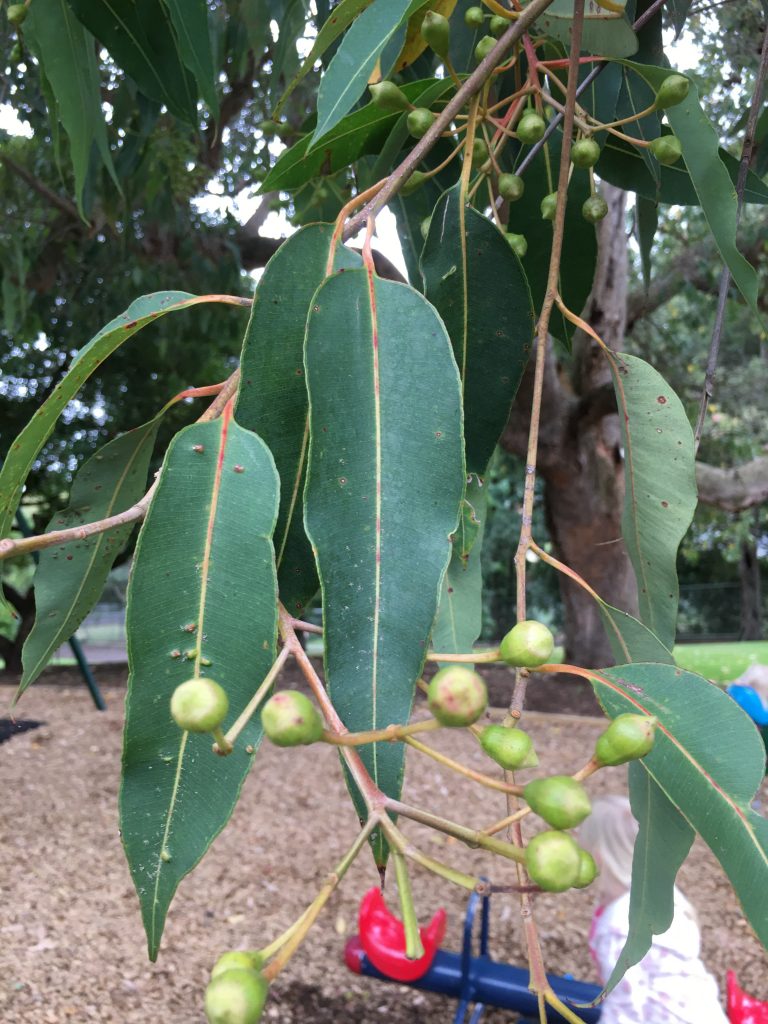
Leaf Type
There are many, complex leaf characteristics to consider when identifying eucalyptus trees, but we will investigate a few main components like:
- the leaf position on the branches that are either opposite or alternate to each other.
- the leaf blade shape.
- the leaf blade length that is measured from the leaf’s apex to its petiole.
- the leaf blade width that is measured at its widest part.
- the shape of the leaf base.
- the shape of the leaf apex.
- the shape of the leaf margin.
- the sheen on the top of the leaf that can be either glossy or dull.
- the leaf colour which can be green or olive-green or blue-green, grey-green and blue-grey.
Use this link to Botany | Leaf Terminology to help identify leaf characteristics.
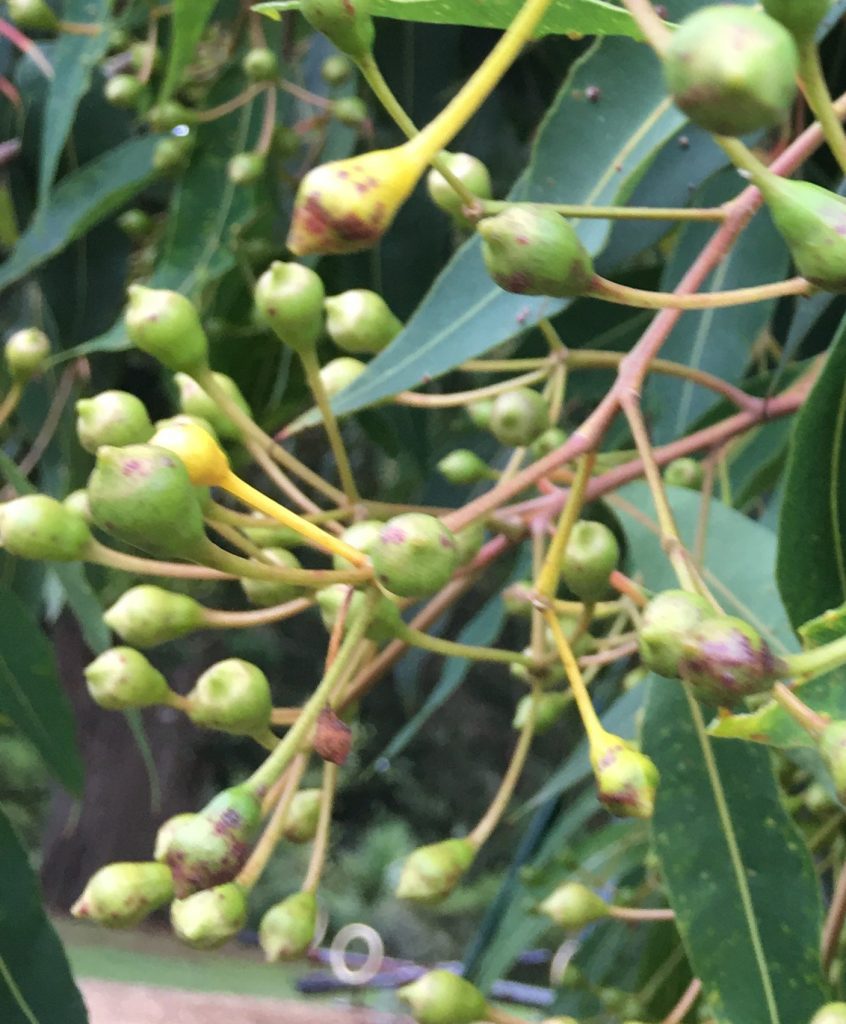
Bud type
Bud Shape
Buds are unopened flowers, and they usually hang in clusters at the end of a stalk. Buds are formed in a variety of shapes and sizes. Some bud shapes include club-shaped, oblong, ovoid, diamond-shaped, pear-shaped, sphere, square, and mushroom-shaped.
Bud Texture
Bud textures can be smooth, warty or bumpy, scaly or scurfy and hairy.
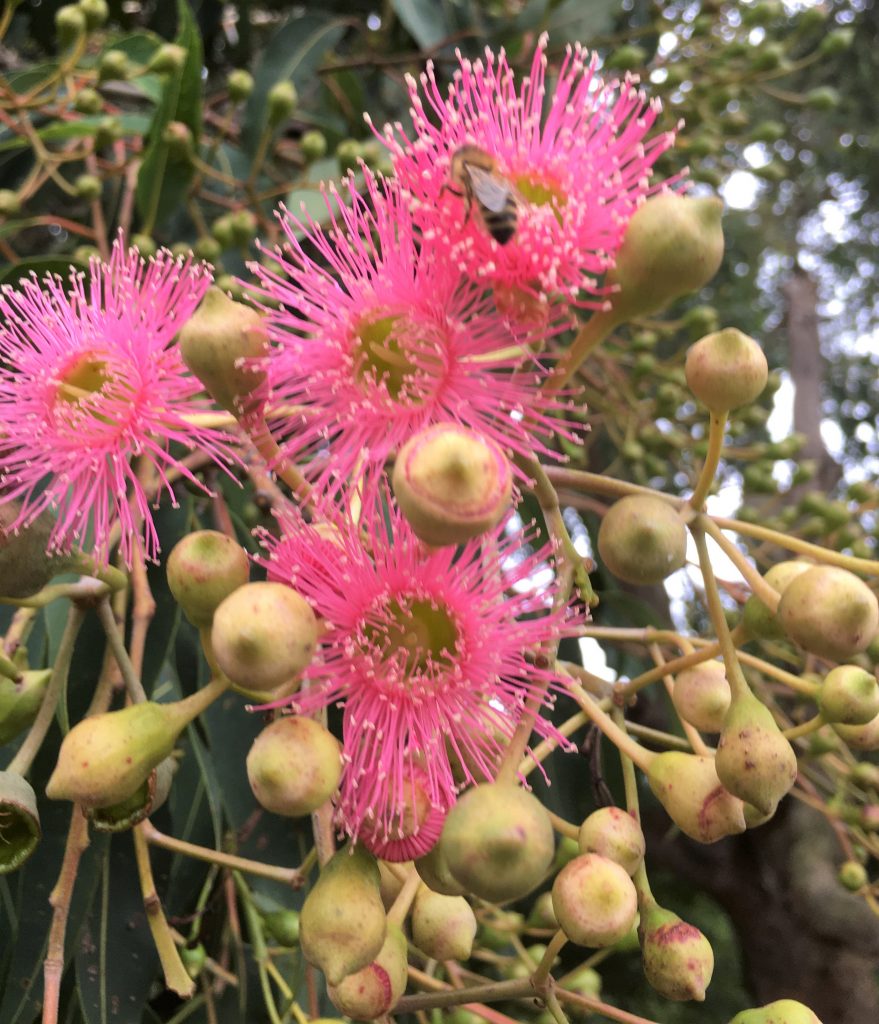
Flower Colour
The anther stalks of the stamens are responsible for the colour of the flowers that come in shades of white, cream, yellow, lemon, red, and pink.
Fruit
The fruit of the eucalyptus tree is commonly known as the gum nut, but they are actually dry, woody capsules with compartments that contain seeds. The fruit comes in a variety of forms like cups, urns, barrels, and bells.
Seeds
Eucalypt seeds are tiny, only 3 mm long and they can be black, brown, grey, red, or yellow. Seed shapes are either saucer-shaped, pyramidal, boat-shaped, D-shaped, or ovoid.
Field Notebooking
Now that you know a little about identifying Eucalypts, download your notebook pages, step into the field and begin to enjoy the excitement of classifying this diverse group of native trees.
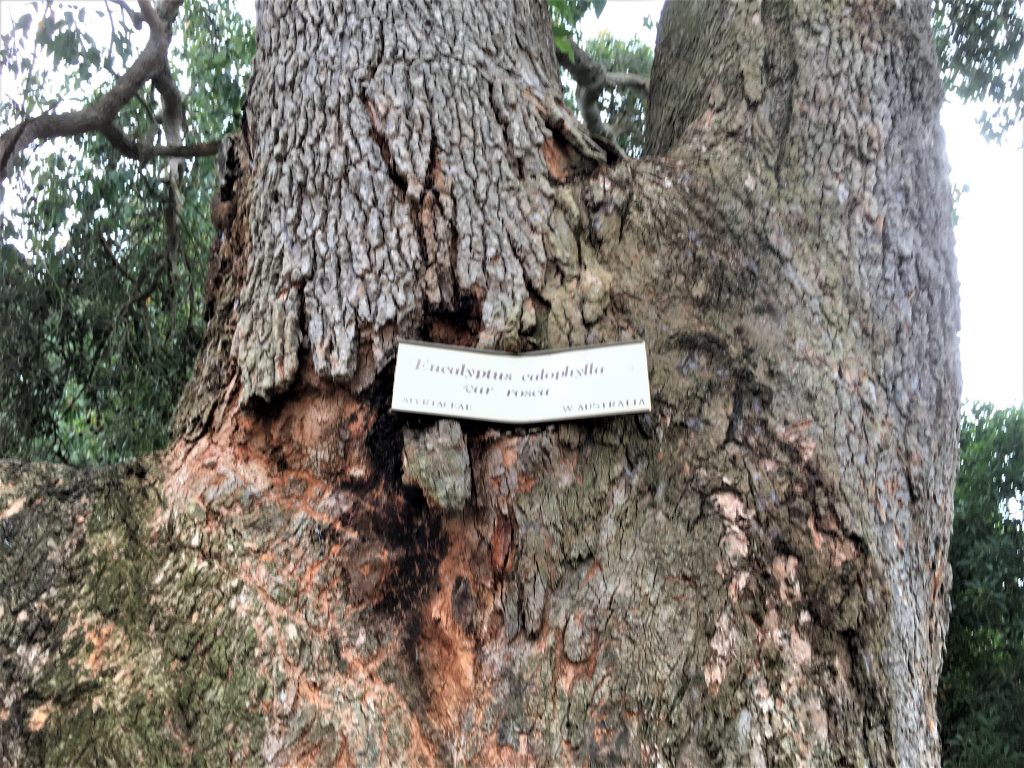
WOULD YOU LIKE TO LEARN MORE ABOUT EUCALYPTUS TREES?
Investigate gum trees in the Backyard Nature Study Guide | Summer / Autumn | Volume 5.
YOU MAY BE INTERESTED IN:
Counting Spots | Lady Beetles
Grasshoppers
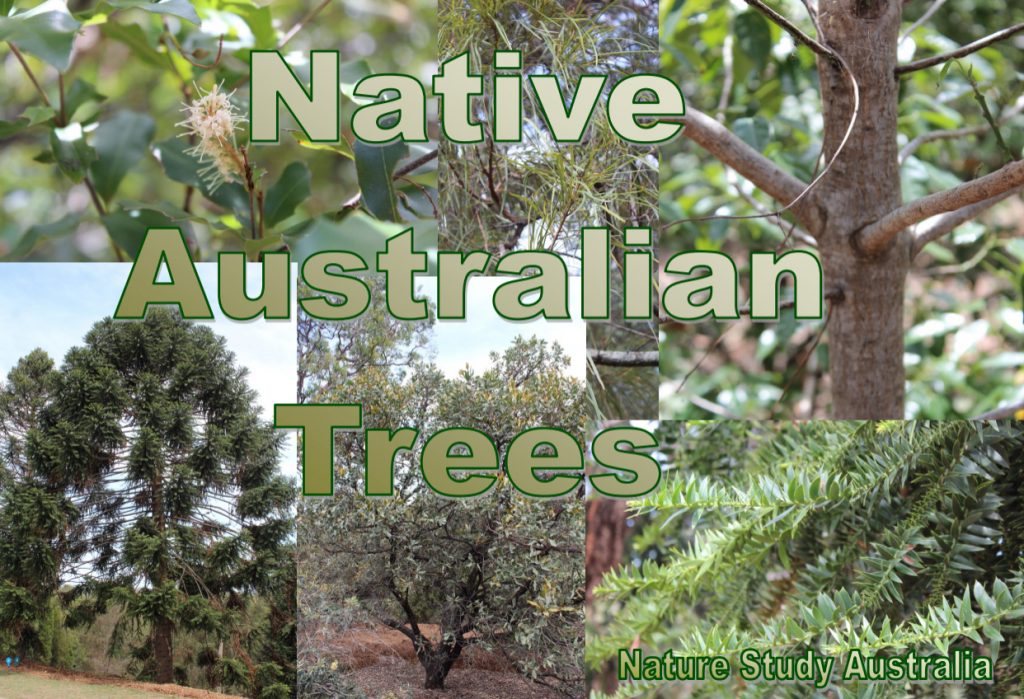
Are you familiar with Australian Native Trees? If you’d like to improve your identification skills in this area, then the Australian Native Tree Identification Cards will encourage further investigation. Trees will be recognized by their habitual form, leaves, and flowers as they become old friends.’
EARN YOUR NATURE CLUB BADGES WHILE EXPLORING TREES BY BEING AN INSECT OBSERVER.
